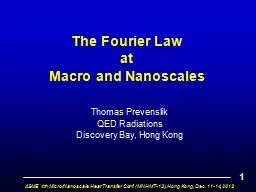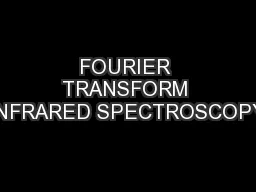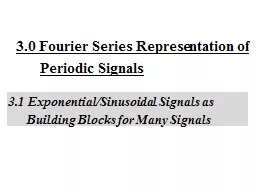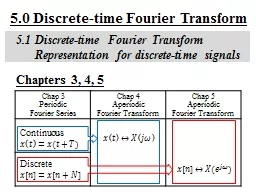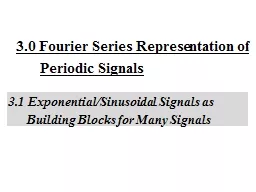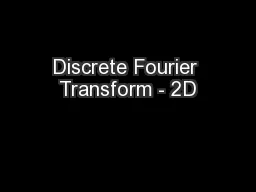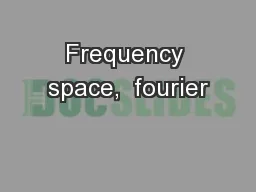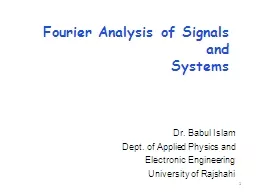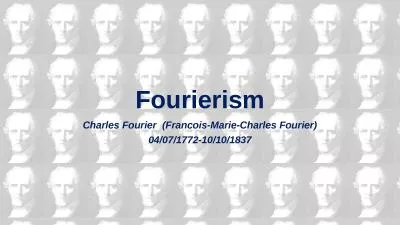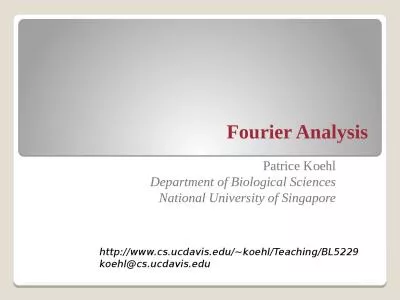PPT-The Fourier Law at
Author : jane-oiler | Published Date : 2016-05-14
Macro and Nanoscales Thomas Prevenslik QED Radiations Discovery Bay Hong Kong 1 ASME 4th MicroNanoscale Heat Transfer Conf MNHMT13 Hong Kong Dec 1114 2013 The
Presentation Embed Code
Download Presentation
Download Presentation The PPT/PDF document "The Fourier Law ..." is the property of its rightful owner. Permission is granted to download and print the materials on this website for personal, non-commercial use only, and to display it on your personal computer provided you do not modify the materials and that you retain all copyright notices contained in the materials. By downloading content from our website, you accept the terms of this agreement.
The Fourier Law at: Transcript
Download Rules Of Document
"The Fourier Law at"The content belongs to its owner. You may download and print it for personal use, without modification, and keep all copyright notices. By downloading, you agree to these terms.
Related Documents

